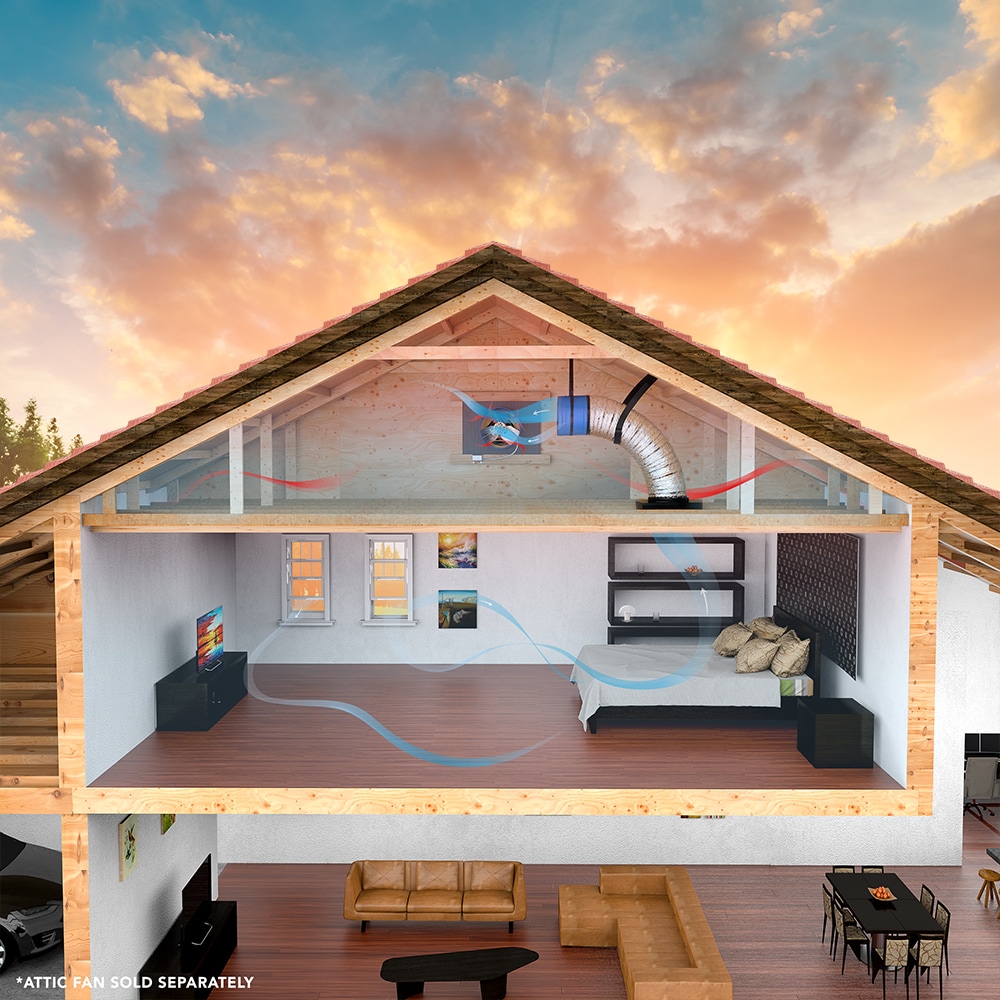A whole house fan is a cost-effective solution for cooling your home in warm weather. However, like any home improvement project, there are both positives and negatives to consider before making a decision. In this article, we’ll explore the benefits and drawbacks of installing a whole house fan and help you determine if it’s the right choice for you.
Does a Whole House Fan Really Work?
Yes, whole house fans are an effective way to cool your home. The fan pulls cool air into the house through open windows and pushes hot air out through the attic, creating a cross-ventilation system that cools the entire house. The fan operates much like a chimney, using the natural rise of hot air to pull fresh air into the home.
How Much Does it Cost to Put in a Whole House Fan?
The cost of installing a whole house fan can vary depending on the size of your home, the type of fan you choose, and the complexity of the installation. On average, you can expect to spend anywhere from $500 to $2,000 for a professional installation. It is possible to install the fan yourself, but unless you have electrical and construction experience, it’s best to leave this job to the professionals.
Is it Cheaper to Run a Whole House Fan or AC?
One of the biggest advantages of a whole house fan is its energy efficiency. The fan uses much less electricity than a traditional air conditioner, making it a more cost-effective option for cooling your home. In fact, according to the Department of Energy, a whole house fan can use up to 90% less electricity than a central air conditioner. This means that you can enjoy the cool comfort of your home without the high energy bills.
The Negatives of a Whole House Fan
While there are many benefits to installing a whole house fan, there are also some drawbacks to consider.
- Noise: Whole house fans can be noisy, especially older models. If you have a bedroom directly below the fan, the noise can be disruptive at night.
- Dust and Debris: Whole house fans can bring in dust and debris from outside, which can settle on your furniture and floors. If you have allergies or sensitivities to dust, a whole house fan may not be the best choice for you.
- Timing: A whole house fan is most effective when the air outside is cooler than the air inside your home. This means that the fan is most useful in the early morning or late evening, when temperatures are low. If you need to cool your home during the hottest part of the day, a whole house fan may not provide enough relief.
Conclusion
A whole house fan can be a cost-effective solution for cooling your home, but it’s important to consider both the benefits and drawbacks before making a decision. If you’re looking for a more energy-efficient way to stay cool, a whole house fan is definitely worth considering. Just be sure to weigh the pros and cons carefully to ensure that this investment is right for you.

